My wife and I split our time between Seoul, South Korea and Phoenix, AZ these days. That means we make trans-Pacific round trips 3-5 times per year. We mostly fly Asiana Airlines economy class, as we find the experience is better than U.S. airlines. This past week I flew Asiana’s Los Angeles – Incheon route on the biggest passenger jet in the sky, the A380. As usual, it was a solidly pleasant experience. And I managed to hit the jackpot: an entire seat section to myself! Or what I like to call “poor man’s business class”.
Asiana Club Booking: Prices and Miles and Seat
We are “Asiana Club” members, a Star Alliance program. Direct flights between Korea and the U.S. are slightly pricier on Asiana vs. Korean Air (Delta’s Sky Team partner), though this is offset by indirect flights with Air China (another Star Alliance partner) being very cheap. I paid ~$900 for this direct trip.
I earned 100% mileage for this itinerary. Unlike U.S. airlines (aside from Alaska), Asiana still rewards miles based on distance flown. Always check your fare code when booking to understand your frequent flyer rewards, if that’s important to you.
Asiana A380 Economy Cabin
Asiana’s A380s economy cabins are roomy, and even moreso with a little research. The upper deck is laid out in a 2-4-2 pattern, and window seats get an extra storage compartment. That adds much-desired space between the seat and window for more comfort. You should always book the upper deck if you like window seats. Lower deck seating is 3-4-3, however, all economy seats are 19″ wide and feature 33″ pitch, about as much room as you can get flying coach. And certainly better than, say, American Airlines’ 17″ wide/31″ pitch 787 Dreamliners when flying trans-Pacific.
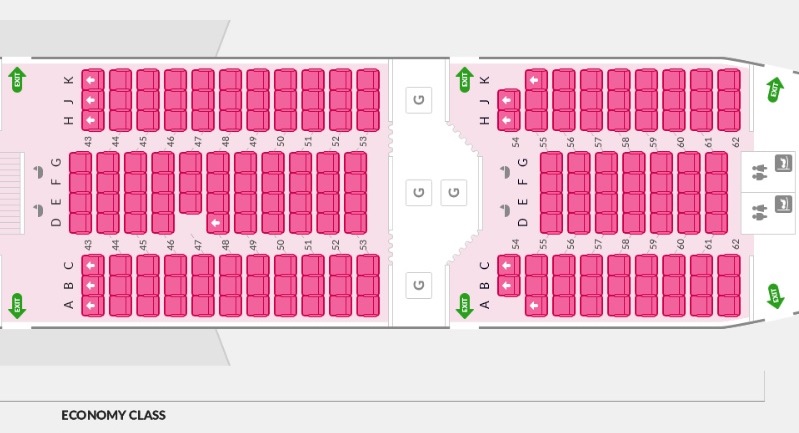
The rear 190+ seats of an Asiana A380 lower deck. There are 2 more lavatories at the rear (not shown)
That rear mini-cabin also holds 4 lavatories, maybe the best kept secret in flying. Three of those four include bassinets, which is great for families. Plus, there’s rarely a wait on a long flight.
I booked seat 58D, an inner aisle seat in the rear of the lower deck. Middle seats in the center section are the most unpopular seats on the plane. That means the best odds for having “no neighbors” are with center aisle seats. At booking, my entire seat section was empty, and I prayed to the flight gods it would remain so.
Asiana Airlines Economy Class Airport Experience
Asiana flies from Tom Bradley International Terminal (TBIT) at L.A.X. Check-in opens 4 hours before their flights, so check-in online, or plan your airport time accordingly. Since I was checking bags, I was there exactly 4 hours before departure; luggage check-in lines at TBIT can be disturbingly long during prime time. Fortunately, check-in was a snap, and took only a few minutes. As Asiana now participates in TSA Pre-Check, I breezed through security as well. I went from check-in to airside in less than 5 minutes.
I attempted to use my Priority Pass membership (from my Chase Sapphire Reserve) at Alaska’s Board Room in Terminal 6. Alas, PP holders were denied due to lounge capacity – my first denial there in my last 5 attempts. 🙁 But I made up for it with a quick meal at TBIT’s P.F. Chang’s. It’s not supposed to accept PP holders until 11am, but I arrived slightly early to find pretty much all customers using their cards. I ordered the sesame chicken with hot sake, (thumbs up), and tipped 18% on top for the good service. The restaurant is a solid Priority Pass option if you’re flying internationally from LAX.
I spotted EVA Air’s Hello Kitty 777 on my way back to TBIT from Alaska’s lounge. I am determined to get on that plane some day, and I’ll route to Taiwan just for the opportunity. It’s probably the niftiest jet in the world, IMHO. Have any of you ever taken a flight with it?
Asiana Airlines Gate and Boarding
When I arrived at the terminal I saw a positive sign for my trip: empty seats at the gate. Asiana’s A380s are configured for 495(!) seats; full flights mean gates that are overflowing with passengers. But not this time, which meant my odds of an empty row were still good. All those prayers were paying off…
Let me take a minute to compliment Asiana for their boarding efficiency. Pretty much every A380-flight-and-their-500-passenger-loadout I’ve experienced has been fast and smooth. Asiana boards these trans-Pacific flights about 40 minutes prior to departure, and they almost always leave on time. Contrast that to U.S. airlines that can barely board a regional jet in that time and you see why I’m impressed. Unlike this flight, my flight from Seoul was at 98% capacity and we still boarded and departed in 40 minutes. The outbound flight from Seoul also included pre-departure beverages in economy, though this flight did not, sadly.
Asiana Airlines Economy Class Seat
As mentioned earlier, Asiana Airlines economy class seats are relatively spacious. The cabin is in neutral tones, featuring tan seats with brick red accents.
That 33″ of pitch comes in handy! I’m 6′ tall, and stretching my legs without banging my knees into the front seat is glorious. Plus, there are universal power outlets between each seat. I should mention that these don’t charge my full-size U.S. laptop, but work for my tablet.
Each seat includes a pillow and blanket. The pillow is a bit small; I find it best for lumbar support, not head rest. The blanket feels like a thin “snuggie”. Asiana A380s have no personal vents and a slightly warmer cabin, so heavy blankets might be a bad idea. I think the temperature control works well, even on full flights.
All passengers receive a travel kit. These simply hold slippers and a toothbrush, handy but not exceptional. A mask for light-sensitive sleepers would be a great addition. Still, these are somewhat in line with US economy travel kits, since moist wipes are included with Asiana’s meals. It comes in a simple plastic bag that I reuse. Not fancy, yet sufficient.
Asiana In-Flight Entertainment (IFE)
Economy cabins include a mid-sized seat-back screen. The touch screen is responsive, and a remote control is included as well. There’s also a USB port for charging handheld devices.
The airshow is a bit old-school and can’t be changed. However, the A380 does include a under-nose camera for great take-off and landing views.
Unfortunately, the IFE selection is pretty weak, a notable letdown from the rest of Asiana’s offerings. Less than 2 dozen recent release movies, a scattering of world cinema, full seasons of maybe 3 TV shows per country (USA and Korea) – it’s pretty sparse. The music selection is slightly better, but not fantastic. Bring your own entertainment for long flights, as I do.
As for my seat, everything worked perfectly. My whole section was empty; in fact, aside from parents and children, I saw nobody in my mini-cabin seated next to another person. For politeness I waited some time after takeoff to allow anyone to claim the far seat but, when they didn’t, I made the entire row my home for the next 13 hours.
Asiana Economy Class First Meal & Snack
After takeoff, the captain turned off the seat belt sign 10 minutes into our climb. At 30 minutes the FAs began meal service, which was ludicrously soon, but appreciated since I wanted to sleep. Asiana offers two choices in economy, a western meal and a Korean option. The first meal Korean options are always the same on this route – ssambap from Seoul, bibimbap from LAX. Still, I always choose them: I tend to think airlines make their “home country” meals better than other choices.
My bibimbap this time was hot and filling. The chili paste included is not very spicy, which is good for those with sensitive stomachs. The side soup wasn’t strong either, and maybe the best portion in the meal. The pork wasn’t particularly tasty this time, leaving the dish somewhere in the “mediocrely good” category of airplane food. Definitely not bad, but not memorable. I skipped alcohol on this flight, and accepted Diet Cokes instead, so no review of the wines/cocktails this time. The FAs served coffee as always after every meal, though in espresso sized cups. Asiana’s coffee is rather weak, so it’s no loss if you skip it. After the meal was collected I raised the armrests and stretched out over my entire section for a 5 hour nap.
A snack was served midway on the flight, but my pictures didn’t come out. Like the Korean options, it’s always the same: a hot ham and cheese sandwich on a bun. This is consistently the weakest part of their food and beverage service, but it’s still fine. Packaged snack mix and drinks are available from the galleys any time, so you’ll never go hungry on these trips.
Asiana Economy Second Meal & Service
The A380 is surprisingly quiet for a flying whale, so I slept again for a few hours after the snack. About 2 hours before we reached Seoul, the FAs served the second meal. Since we were arriving in the afternoon, this was lunch not breakfast. I chose the Korean meal again (kimchi pork and rice) over the western option and was definitely satisfied.
The kimchi was a bit spicier than the bibimbap, and the fruit was really fresh and delicious. As mass-produced airplane food goes, that was definitely a winner. I generally consider Asiana’s catering as a “B+” – solidly pleasant but not outstanding. The food hit that mark for this flight.
Service on my flight was also notably good, which is pretty normal for Asiana’s A380 flights. FAs were courteous and efficient, though not overly proactive. They didn’t make multiple trips offering drinks or snacks between meals (while I was awake). But if you asked or called, they were prompt and friendly. This probably has to do with serving 400+ economy passengers on each flight more than any lack of extra effort. Asiana staffs nearly 20 FAs on A380s, and they have their work cut out for them. I appreciate their effort, and they’re always a positive aspect of the company to me.
Conclusion
Asiana Airlines economy class flights are a very good option for crossing the Pacific. Seats are larger than normal, the service is friendly, and the food is generally equal to or better than that of most airlines. While neither the FAs or the catering are above and beyond, they are definitely enough to make me happy. The only downside is the IFE, which lacks variety. You may prefer Korean Air (also a quality airline), as their fares are slightly cheaper. But if you do fly Asiana you’ll definitely be happy with the choice. And if you play your cards right, you can sometimes make your own lie-flat seat in coach.
This site is part of an affiliate sales network and receives compensation for sending traffic to partner sites, such as thepointsguy.com. This may impact how and where links appear on this site. Responses are not provided or commissioned by the bank advertiser. Some or all of the card offers that appear on the website are from advertisers and that compensation may impact on how and where card products appear on the site. Any opinions expressed in this post are my own, and have not been reviewed, approved, or endorsed by my advertising partners and I do not include all card companies, or all available card offers. Terms apply to American Express benefits and offers and other offers and benefits listed on this page. Enrollment may be required for select American Express benefits and offers. Visit americanexpress.com to learn more. Other links on this page may also pay me a commission - as always, thanks for your support if you use them

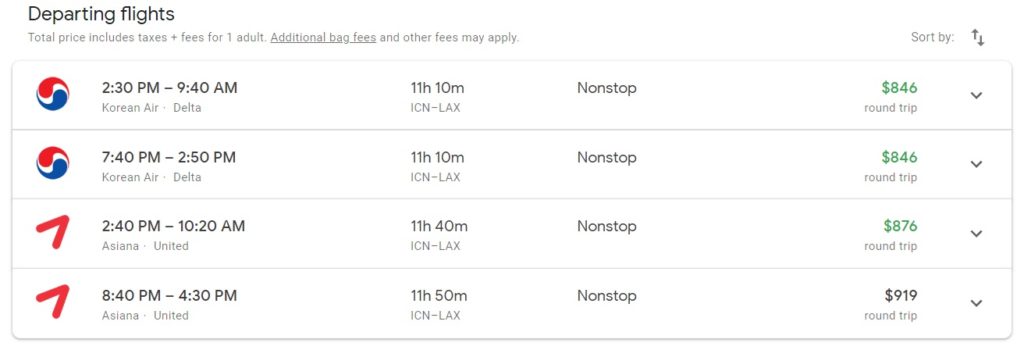

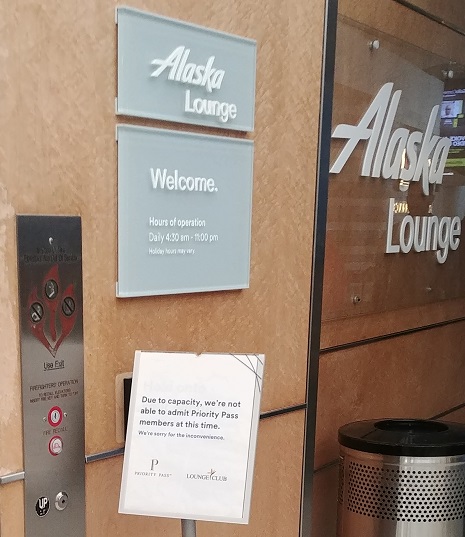
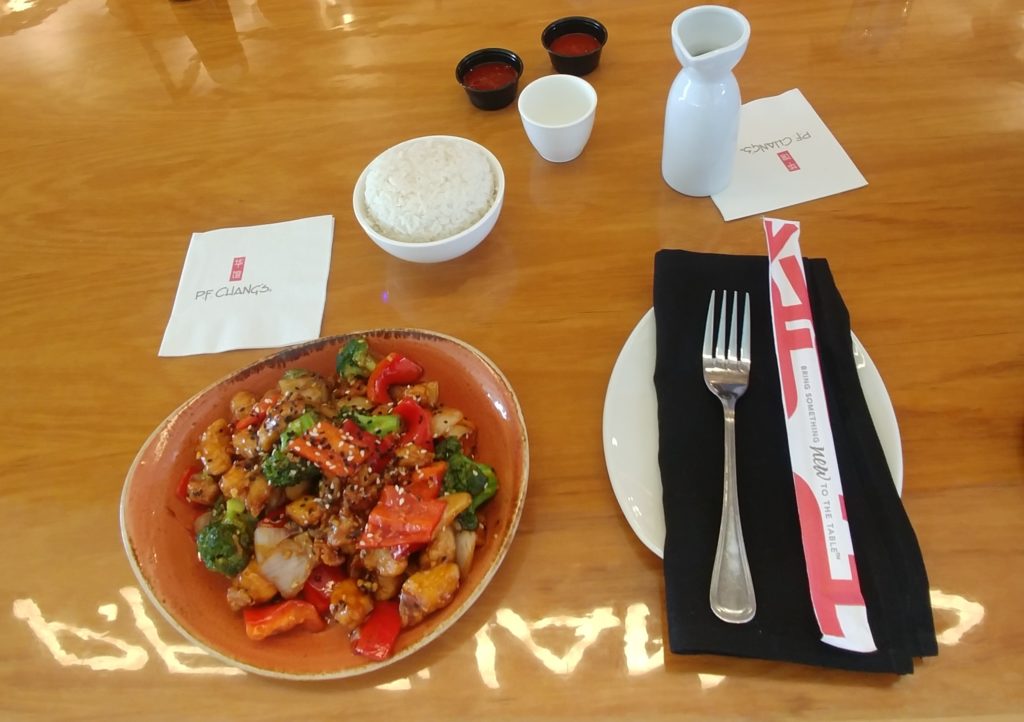
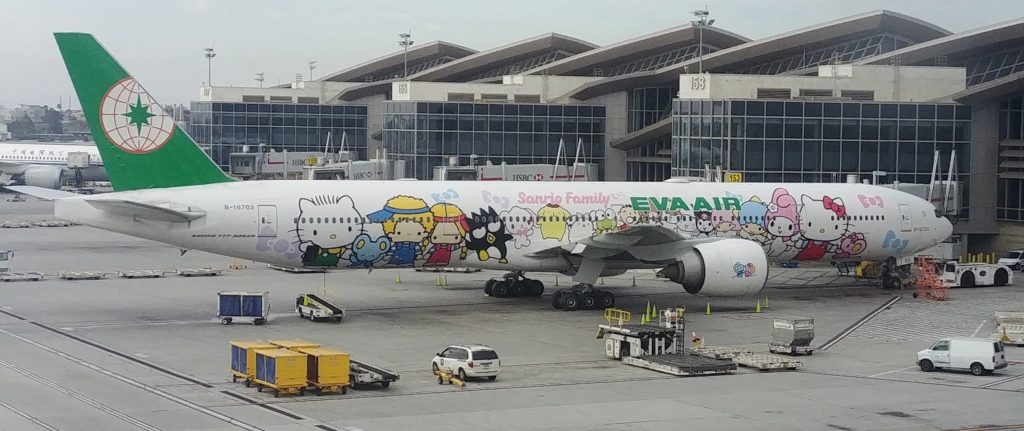
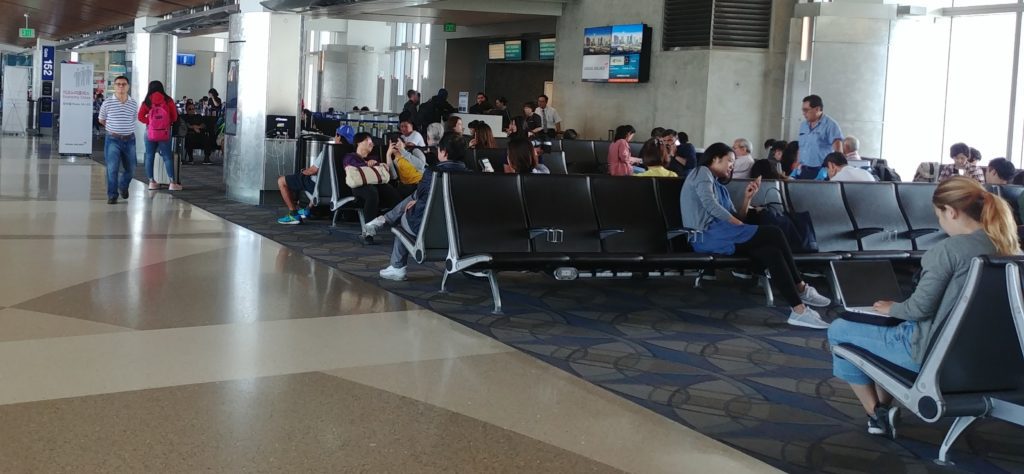
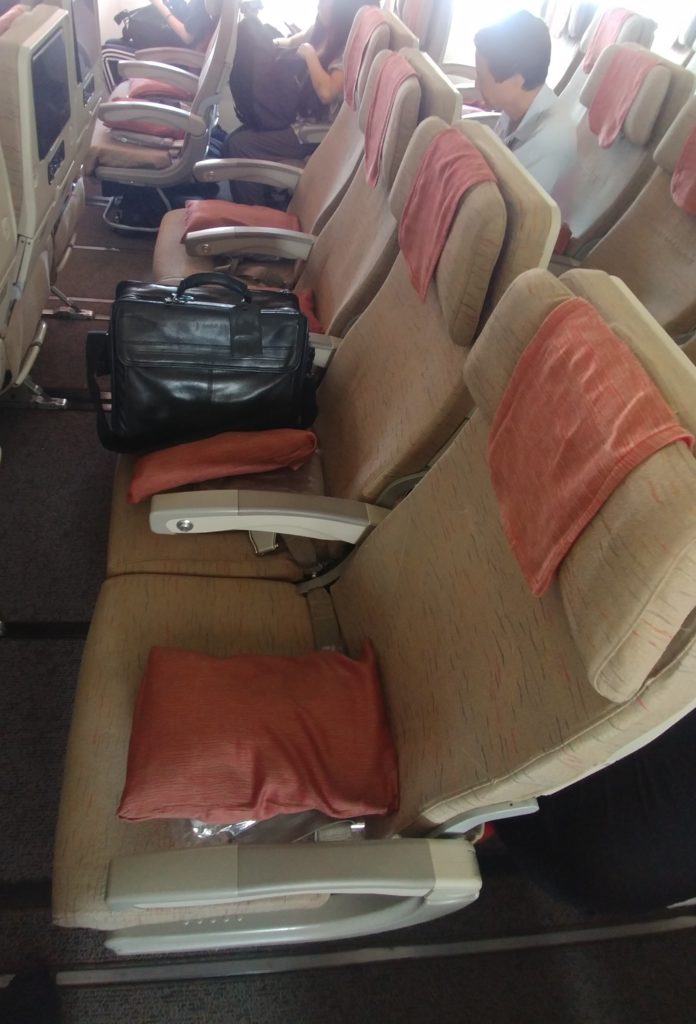
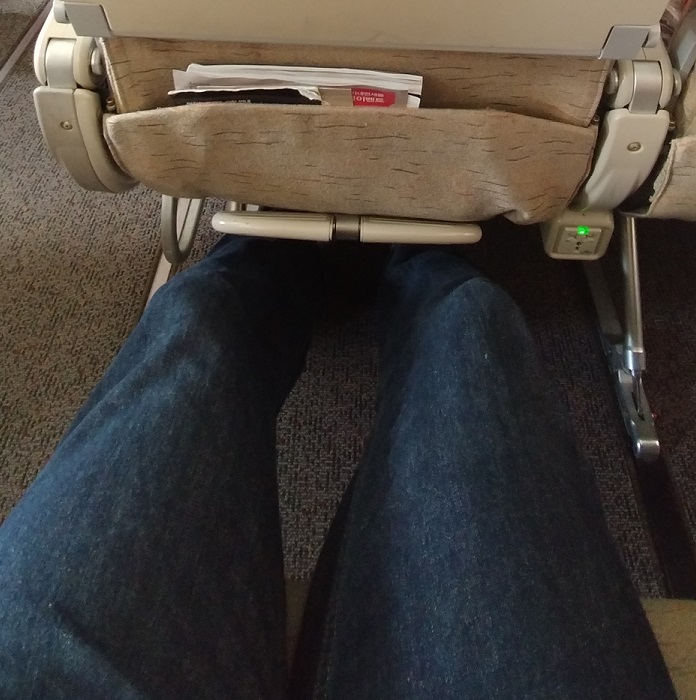
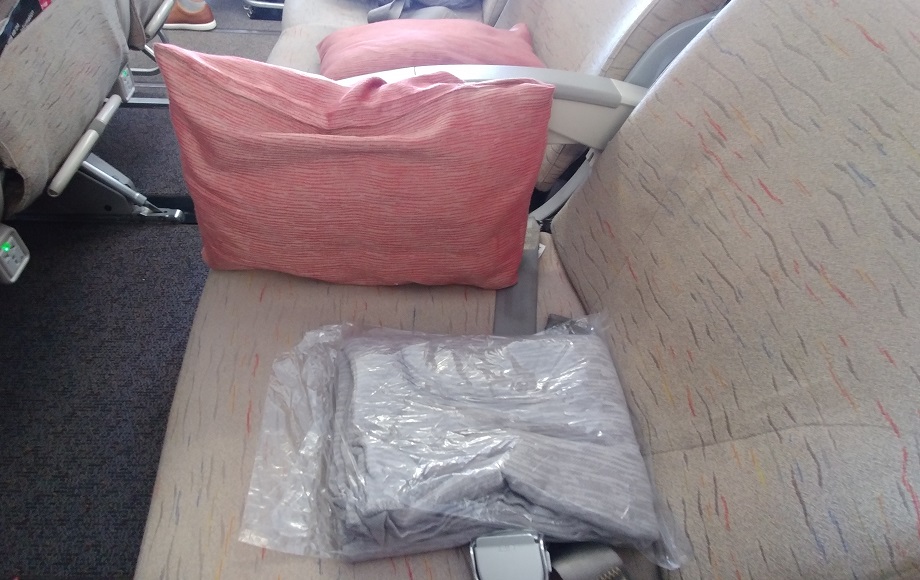
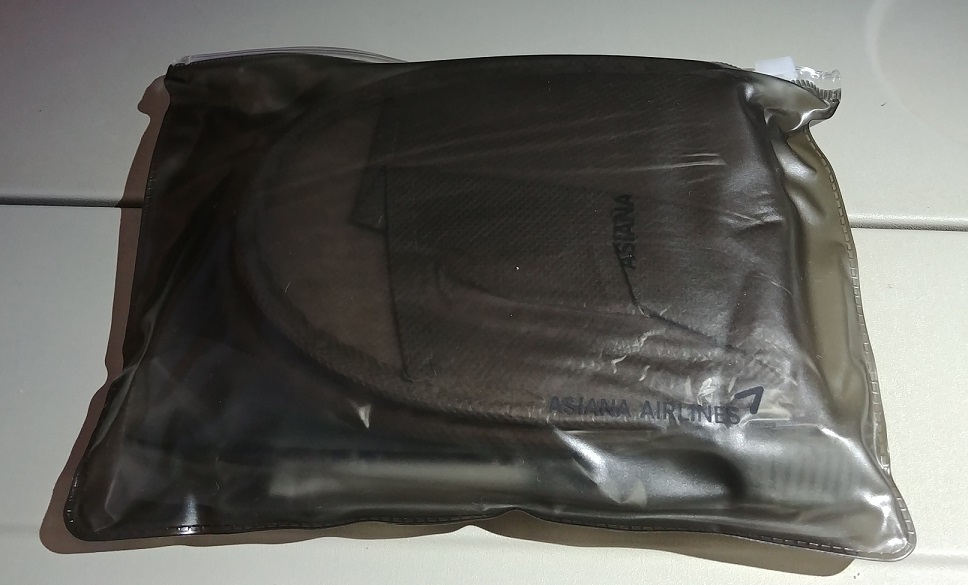
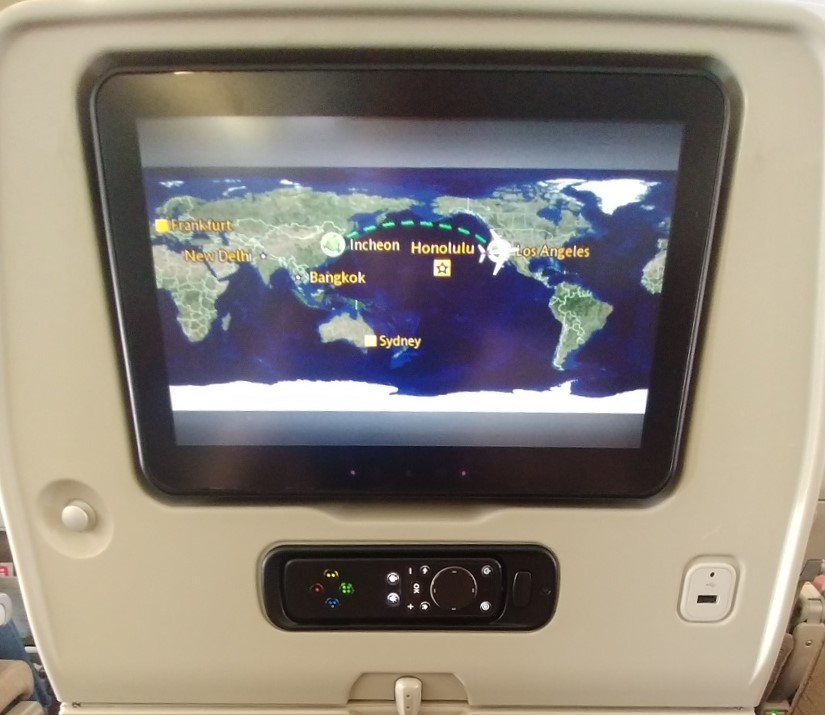
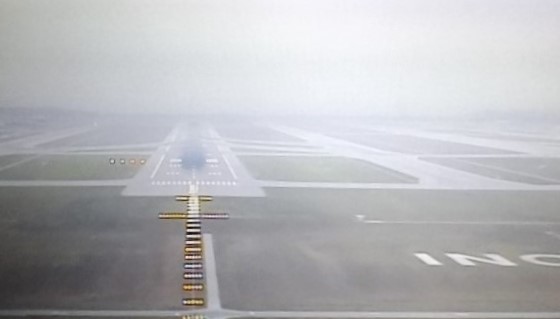
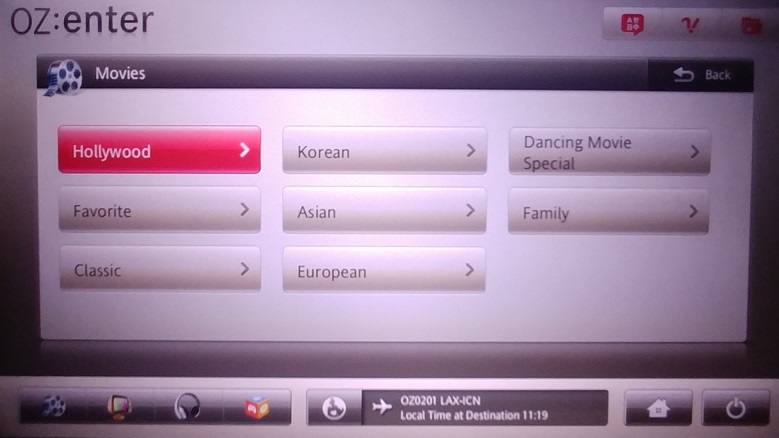
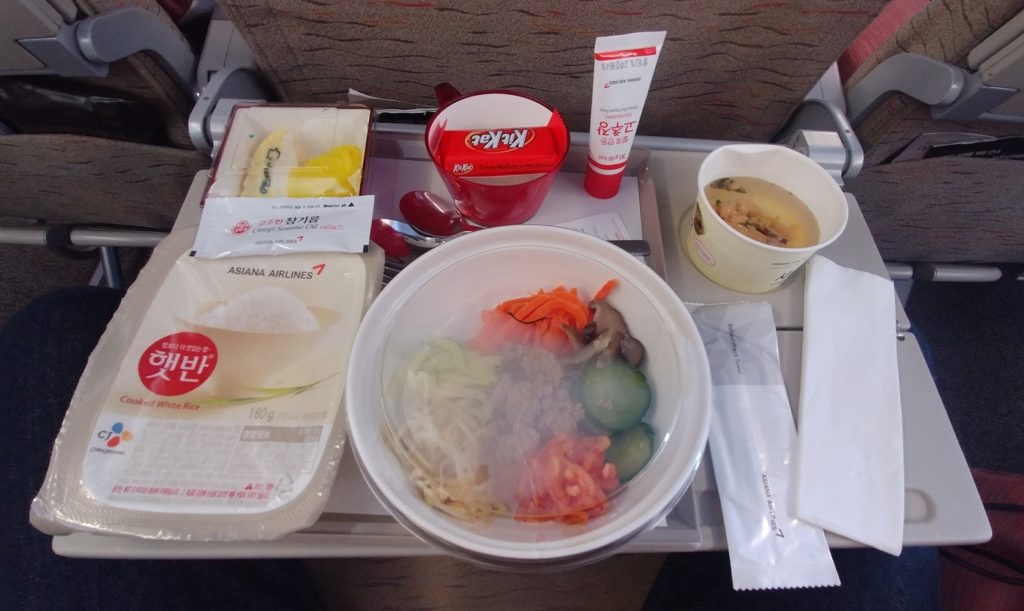
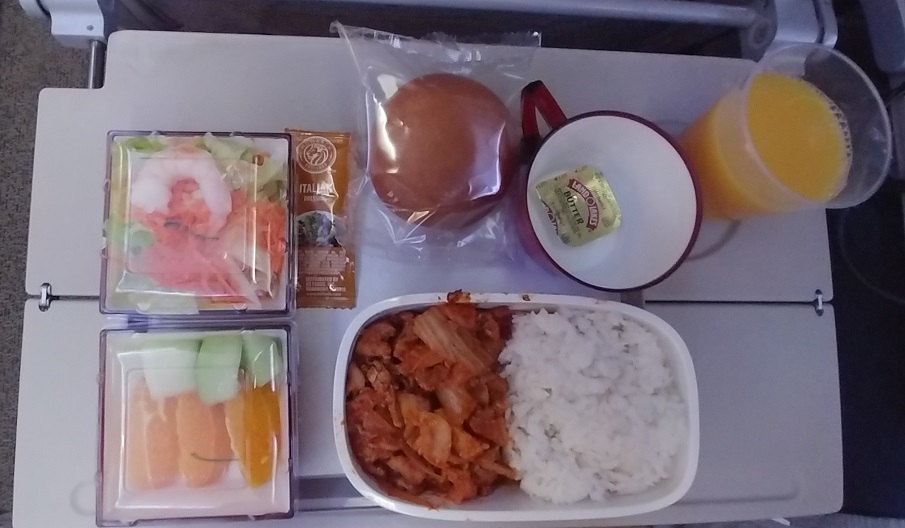

 Dan Miller travels with his wife and 6 (SIX!) children. He loves to help families travel for free / cheap, especially larger families. If you are looking for help, drop him an email at
Dan Miller travels with his wife and 6 (SIX!) children. He loves to help families travel for free / cheap, especially larger families. If you are looking for help, drop him an email at 
Great Website!
Question for you, Do the arm rests on the Asiana Airlines Airbus A380-800 lift up?
We are a family of 3. If lucky to have an empty seat in the 4 seat row we would like our daughter to lay flat.
Yes they do, but not on the front row/extra leg room seats. So book “regular” economy seating.
Just did LAX-ICN in Asiana A380 myself. Chose upper deck, emergency exit – 80A. First, no windows at the exits. Secondly, no side cabinet storage. Everything had to be stored above. This 380 was nine years old and completely worn out. I had no one next to me, so used two pillows and two wrapped blankets under my butt to make up for the completely flattened foam. The back wasn’t any better. Like resting against a concrete wall. First meal, beef, was quite good, although only the beef and its attending dollop of mashed potato were warmed. Snack? Hot ham and cheese. Finally, chicken rice – typical airplane food.
Right after first meal service clean up, all window shades went down and cabin lights were turned off – EXCEPT for three monitors showing mostly flight information, two in the bulkhead, one hanging from the middle overhead about three rows ahead of me. Certain screen displays were SO bright, they were startling, completely defeating the purpose of darkening the cabin. Crew were very professional, but clearly not interested in anything other than doing only what they had to for passengers. Guess I’ve been spoilt by the playful AirAsia crews!
SO, upper deck, exit row, A380 – DONE! And my journey with Asiana is permanently over as well. (I am told Asiana is neglecting things because they expect to merge with Korean. No excuse! Miserable trip!)
Chuck,
I thoroughly enjoyed this light, useful, detailed article. You provided so many key details and great tips that make this a worthwhile enjoyable read–perfection in every way!
Thank you.
Great review! I haven’t flown Asiana for such a long time. Looks like it should be a very enjoyable flight. Final destination Vietnam all on Asiana. Thanks for the review.